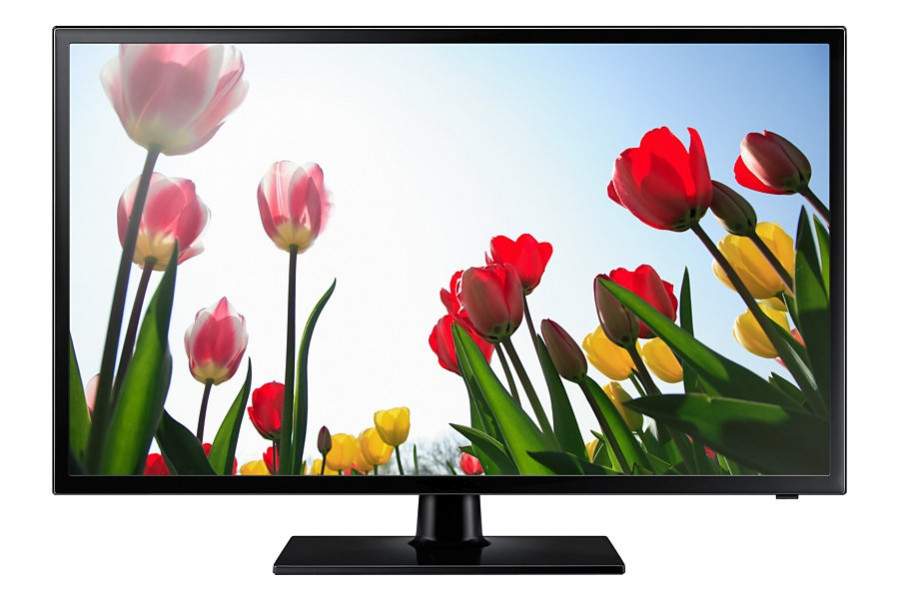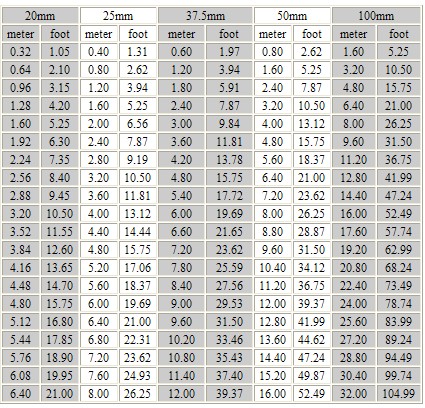
Utilities providers, for example, generally rely on rear-projection technology to monitor their network.Ī rear-projection video wall consists of multiple cubes, which feature a projector and a screen. They are mainly used in control rooms that operate in a 24/7 mode. Using projection instead of LCD or direct-view LED technology, rear-projection video walls target different applications. Also the limited depth and weight can be important in certain settings. The high brightness, absence of inter-tile gaps and impressive colors are the main benefits of direct-view LED technology. The pixel pitch can be quite large when they are watched from afar (for live performances for example), or very small (for control rooms or lobbies. The LED display tiles consist of many individual color LEDs. Due to recent price-drops for LED video walls, they have become in reach of most corporations, to use in control rooms or corporate lobbies. For example in retail & advertisement settings, during spectacles or live performances, LED video walls are used. They are very bright and are often not only used to inform or to collaborate, but also to wow audiences. LED video wallsĭirect-view LED technology is used to create the most impressive video walls. You can also find them in the control rooms of traffic and security centers. Typical markets for LCD display walls include meeting and crisis rooms, lobbies, and experience centers. Recent models however have successfully reduced these drawbacks. The disadvantages are the risk for burn-in and the lower lifetime. Also the limited real estate space needed is a plus. The traditional benefits of LCD video wall solutions include the high brightness, good image quality, and relatively low cost. Specific measures to prevent burn-in effects are applied to allow them to play for many years, in optimal conditions. LCD video walls are designed for long term and intensive use, often playing in a 24/7 mode - which means they are rarely switched off. Today, Barco UniSee has the smallest gap in the industry. Over the years, this gap has gradually decreased. This minimizes the gap between the panels, making it look like one big canvas.

Contrary to the panels used in television sets, these LCD displays have a very narrow bezel.

ABSEN VIDEO WALL RESOLUTION CALCULATOR FULL
For example, a 4K video wall requires 4 Full HD screens in a 2 x 2 setup. The resolution is subject to the wall size. If watched from up close, the pixel density should be high enough to not see the individual pixels. The choice of the screen size depends on the typical content and the viewing distance. These display walls are available in a wide range of sizes, typically with a screen diameter between 46” and 80”. Today’s display wall solutions are generally using tiled LCD panels, rear-projection cubes, or direct LED tiles.

Therefore, new technologies were introduced to minimize the ‘dead pixel space’ between the different displays. This completely tore down the effect of a single canvas and ruined the visual performance. The problem however was the large frame (or bezel) that surrounded the useful display surface of each television. The objective was to make it seem as one large display surface.

Originally, they consisted of multiple televisions or monitors that were put closely together. Video wallĪ video wall (also known as display wall) is a large visualization surface consisting of multiple displays. Networked controllers to distribute and display any source onto any display.


 0 kommentar(er)
0 kommentar(er)
